A museum for audiovisual memory
especiales
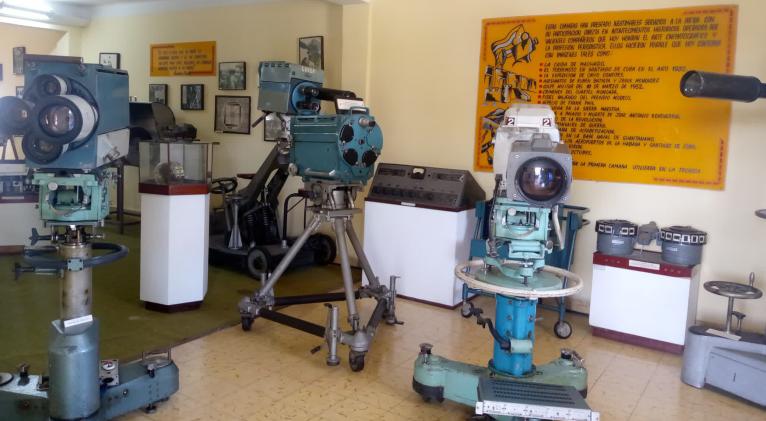
Dreamed up by the cameraman and documentary filmmaker Bernabé “Bebo” Muñiz Guibernau and established on March 21, 1992, the Museum of Image and Sound named after him in the city of Santiago de Cuba goes beyond what is traditionally known of this type of spaces to become a site of exchange between history, culture and the public.
The only one of its kind in Latin America, when it was created, At first, Bebo Muñiz only called it "Museo de la Imagen", but the continuators of his legacy added "y el Sonido", based on the values kept therein for film and TV production, as it was also understood by the filmmaker Santiago Alvarez, Bebo’s friend and co-designer of the place.
According to Geydis Claudia Matos Jacas, the museum’s senior specialist, the exhibits include items related to the evolution of photography, cinema, radio and television, either purchased by Mr. Muñiz throughout his life or donated by visitors and entities aware of the importance of a museum like this to preserve the historical and cultural memory of the city and the country.
Four exhibition halls, each dedicated to one of the aforesaid applied arts, hold valuable material which helps to better understand the history of audiovisual communication, including equipment and even vehicles impossible to find anywhere else, such as the typewriter used by the legendary Antonio Lloga, a complete collection of Kodak cameras ranging from the first one made in France to the most modern piece, as well as an assortment of projectors, editing gear, splicers and a moviola once owned by Santiago Alvarez.
Likewise, a 1950 Chevrolet remote control bus, stereoscopic viewers, acetate disc recorders, and a collection of Bell and Howell cameras, many of them used to shoot events such as the fall of dictator Gerardo Machado, the Cayo Confites expedition, the triumph of the Cuban Revolution, the Bay of Pigs invasion, and the Missile Crisis.
Also conceived as a meeting space, the institution plays an active role in the city’s cultural life, to the point that it’s one of the venues of the International Documentary Film Festival “Santiago Alvarez in Memoriam”, the Caribbean Festival, and the Conference of African and African-American Culture.
The Museo de la Imagen y el Sonido also boasts a socio-cultural project to promote the development of events together with local schools and hosts lectures, clubs and educational sessions organized by students and professors of the Universidad de Oriente, which reinforces what its creator Bebo Muñiz always wished: to create not just a museum, but an active agent of society.



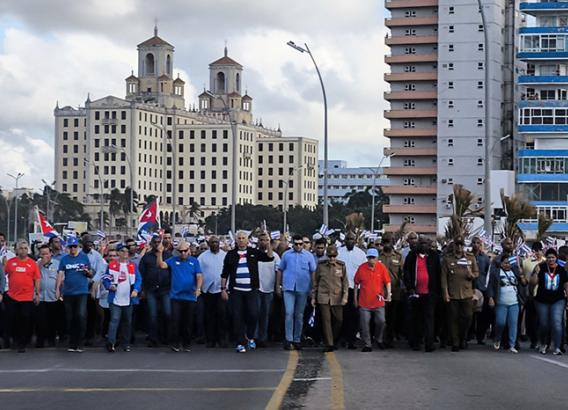
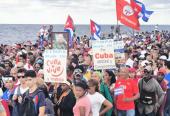

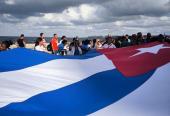





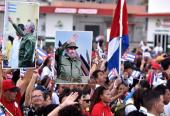

Add new comment